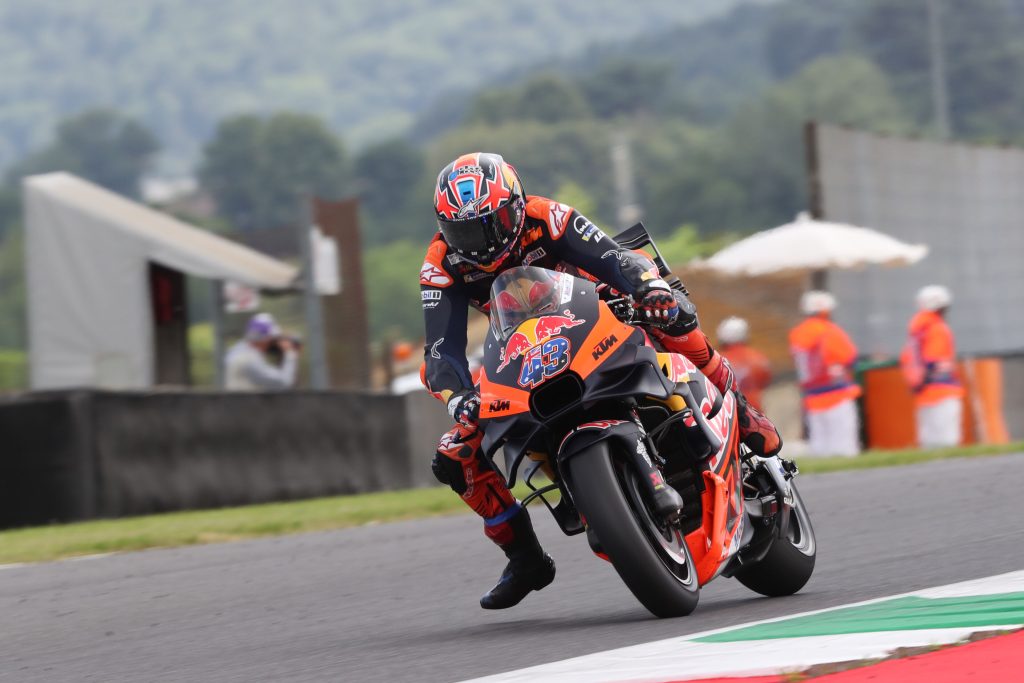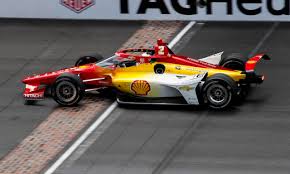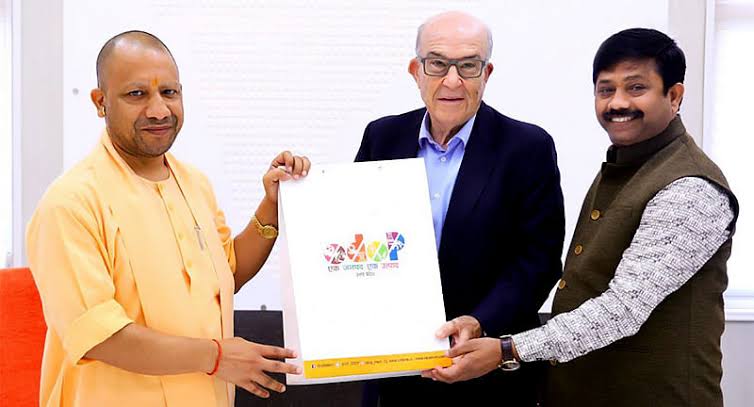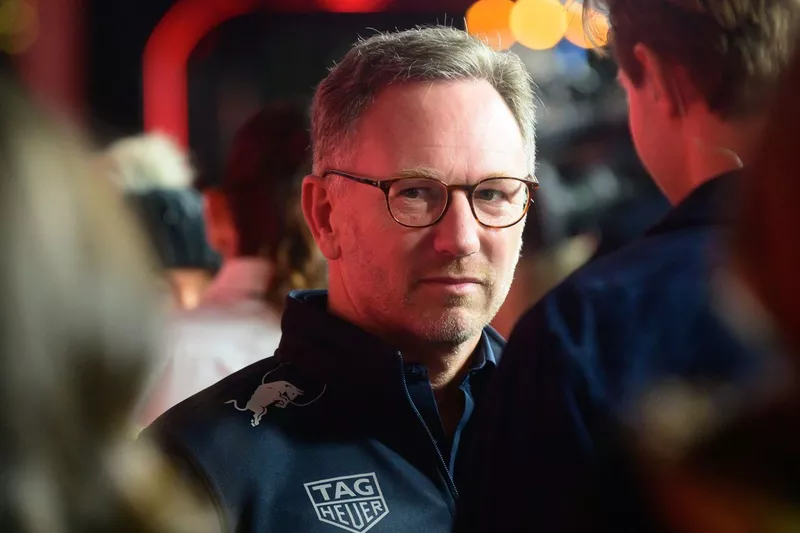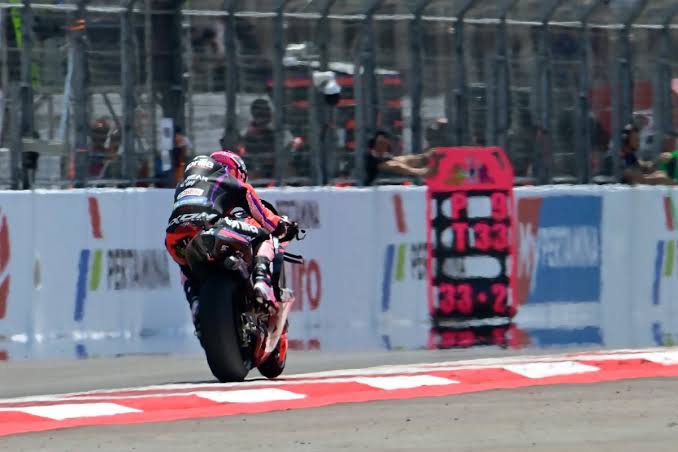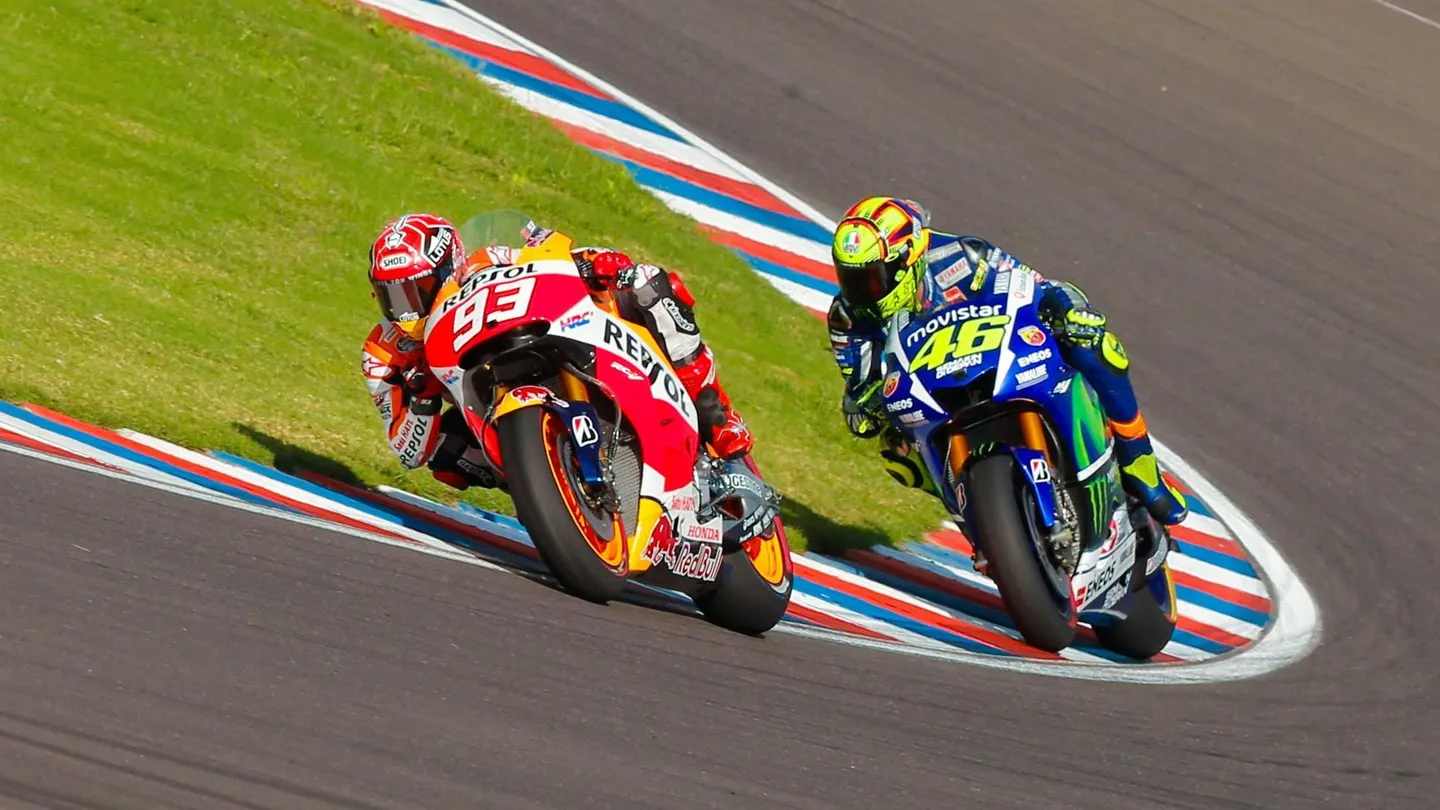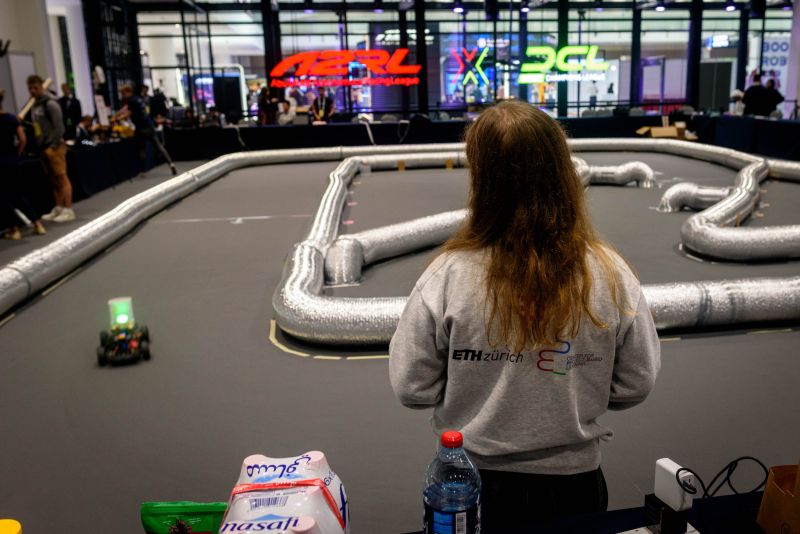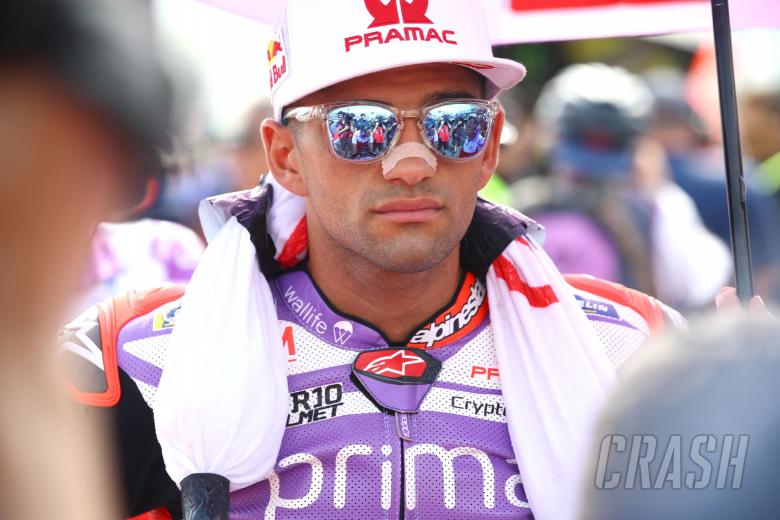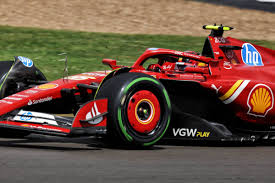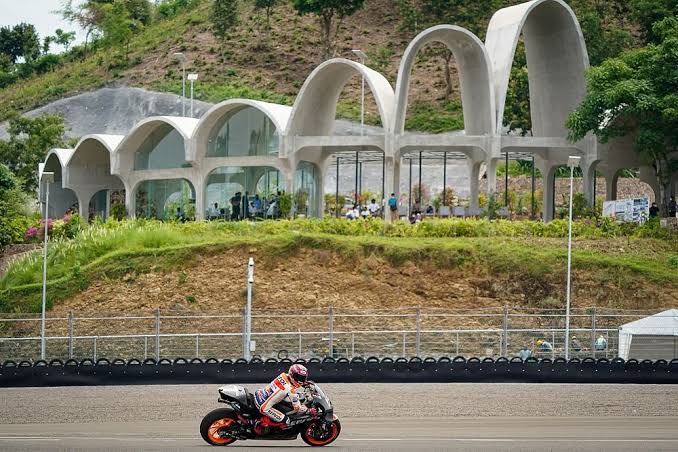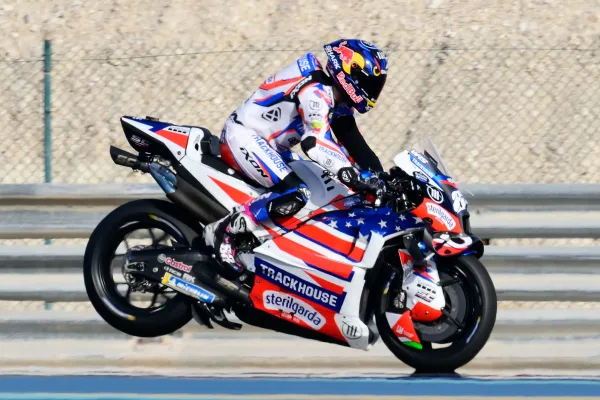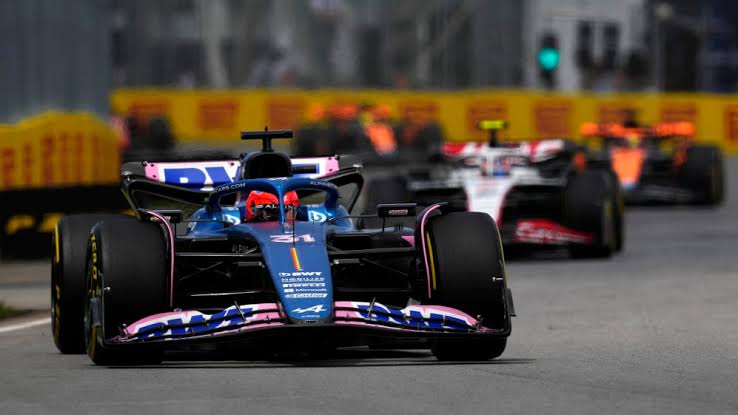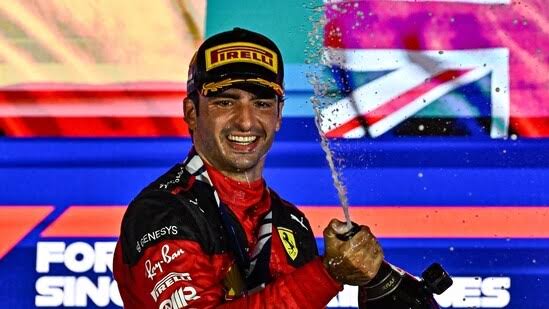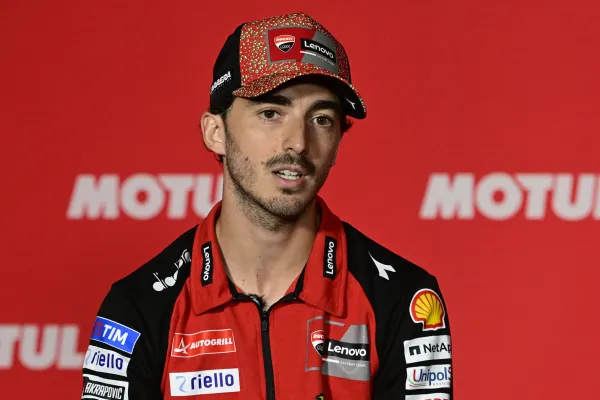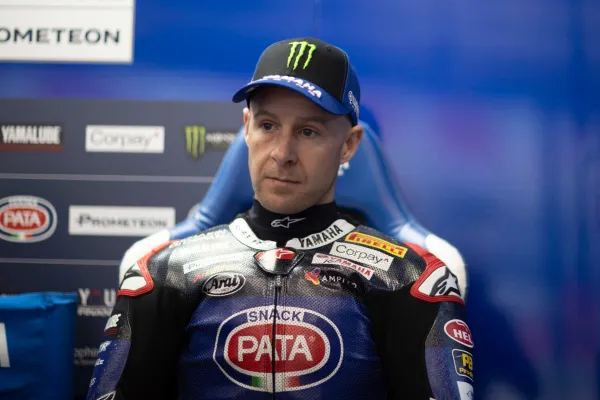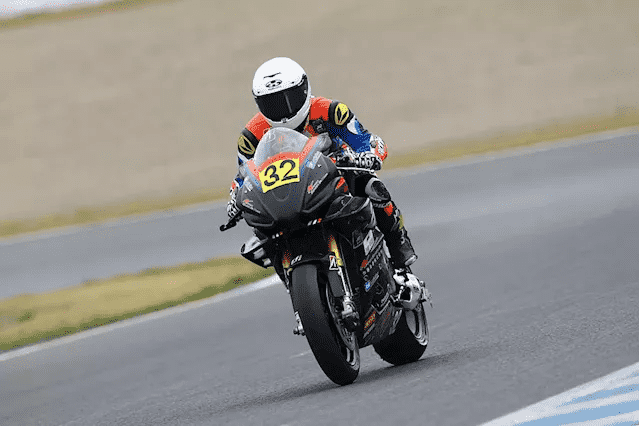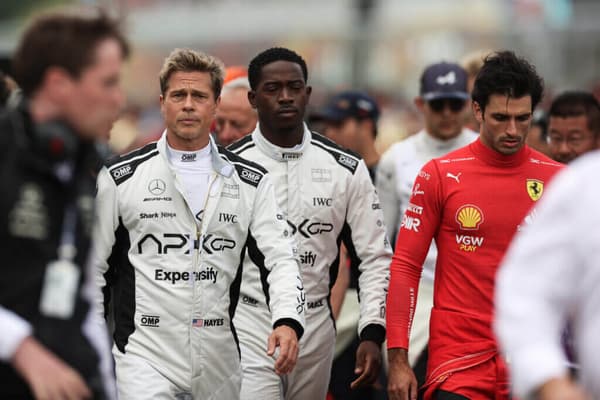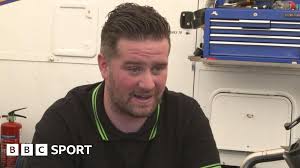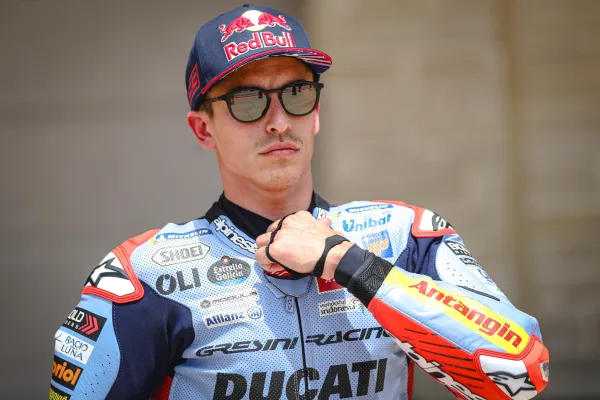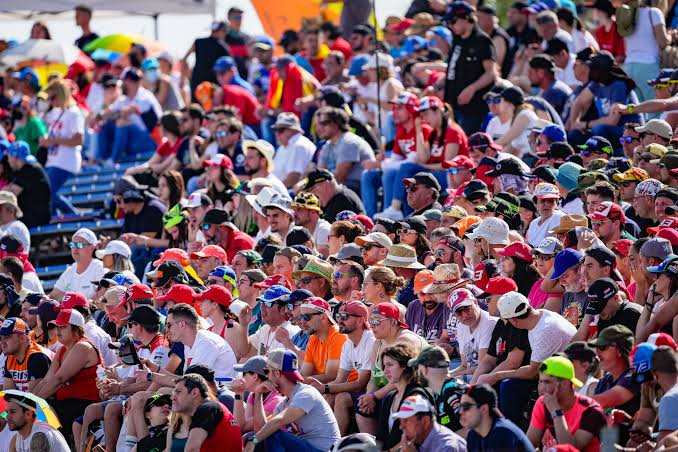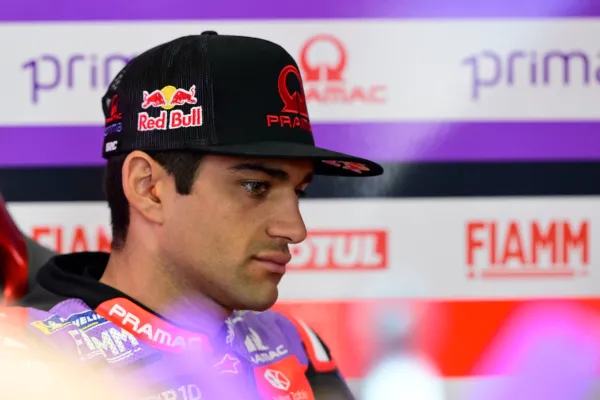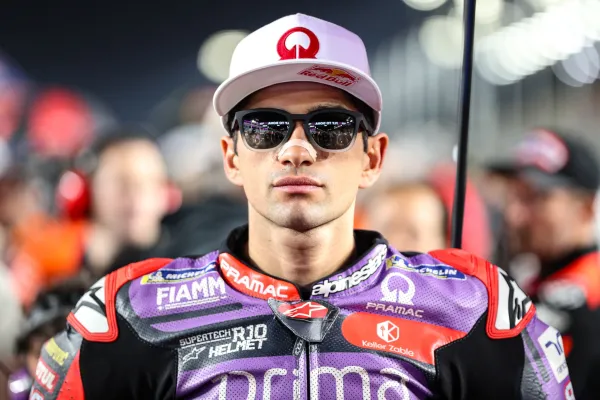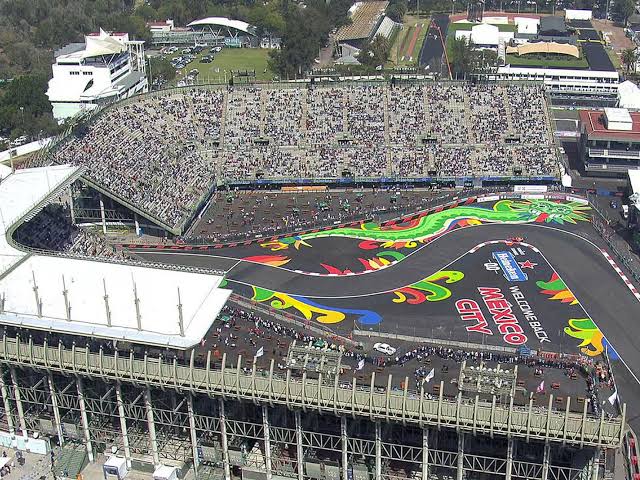Jack Miller Stands Firm Amidst Aprilia’s Call For MotoGP Rule Modification: A Battle For Competitive Integrity
The world of MotoGP is one where cutting-edge technology, exceptional rider skill, and strategic maneuvering converge to create a spectacle of speed and precision. However, beneath the roar of engines and the adrenaline-fueled races lies a constant battle for regulatory advantage. Recently, Jack Miller, the charismatic Australian rider now piloting a Pramac Yamaha, found himself at the center of a heated debate, vocally opposing a proposed rule change put forth by Aprilia. The Italian manufacturer, under the leadership of CEO Massimo Rivola, has requested a modification to regulations that would permit injured riders to engage in private testing before their return to competitive racing. This proposition has ignited a firestorm within the MotoGP community, dividing opinions and raising questions about fairness, safety, and the very essence of competition.
Unpacking Aprilia’s Proposal: The Devil in the Details
At the heart of this controversy lies Aprilia’s argument that allowing injured riders the opportunity to conduct private tests would facilitate a smoother and safer transition back into racing. The immediate catalyst for this request is Jorge Martin, Aprilia’s star signing and the reigning MotoGP champion after his stellar 2024 season with Pramac Ducati. Martin suffered a series of unfortunate injuries during pre-season preparations and subsequent training sessions, forcing him to sit out at least the initial three rounds of the 2025 championship.
Rivola contends that granting injured riders the privilege of private testing would enable them to regain their form and confidence in a controlled environment, thus minimizing the risks associated with returning to the high-pressure environment of a race weekend without adequate preparation.
However, this proposition has been met with skepticism and outright opposition from various quarters. Critics argue that such a rule change could inadvertently create an uneven playing field by affording certain teams additional data collection opportunities under the guise of assisting injured riders. This concern is particularly acute in a sport where even the smallest advantage can make a significant difference between victory and defeat.
Discover how motorsport teams meticulously analyze data to gain an edge, and the ethical considerations surrounding the use of information in a competitive environment.
Miller’s Unwavering Stance: Upholding the Established Order
Jack Miller, known for his no-nonsense approach and blunt honesty, minced no words in expressing his disapproval of Aprilia’s proposal. “These are the rules. These are the rules we’ve all raced under for years,” he declared, echoing the sentiments of many who believe that mid-season rule changes should be avoided unless absolutely necessary.
Miller pointed to historical instances involving legendary riders like Valentino Rossi and Marc Marquez, who had to navigate their comebacks from injury within the existing regulatory framework. “It’s a tough break for [Martin and Aprilia], but that’s just part of racing. We all know the risks when we sign up for this,” he asserted, suggesting that adaptability and resilience are essential qualities for any MotoGP rider.
Miller’s perspective aligns with that of other influential figures in the paddock, including Ducati team manager Davide Tardozzi and multiple-time world champion Marc Marquez, both of whom have voiced concerns about the potential for unintended consequences arising from such a rule modification. Marquez, while acknowledging the potential benefits of the rule change in the future, cautioned against implementing it retroactively, arguing that it could set a dangerous precedent.
The Ripple Effect: Broader Implications for MotoGP’s Future
The debate surrounding Aprilia’s proposal extends far beyond the immediate circumstances of Jorge Martin’s injury. It raises fundamental questions about the delicate balance between fairness, safety, and competitive integrity in MotoGP. Allowing private tests for injured riders could inadvertently provide certain teams with a significant advantage, as they would gain access to valuable track time and data that is not available to their competitors. This advantage could potentially distort the competitive landscape and undermine the spirit of fair play.
Conversely, proponents of the rule change argue that it prioritizes rider safety and ensures that returning competitors are adequately prepared to race at the highest level. Rivola emphasized the potential dangers of riders attempting to compete without being fully fit, pointing out that such situations could endanger not only the riders themselves but also their fellow competitors. “It’s in everyone’s best interest to make sure that riders are as safe and prepared as possible when they return from injury,” Rivola stated.
Explore how other MotoGP organizations, address safety concerns and balance them with the demands of competition.
A Look Back: History of Injuries and Comebacks in MotoGP
The history of MotoGP is replete with stories of riders overcoming debilitating injuries to return to the pinnacle of their sport. Valentino Rossi’s miraculous comeback from a broken leg in 2010, and Marc Marquez’s prolonged struggles following his 2020 injury at Jerez serve as powerful reminders of the physical toll that MotoGP racing exacts on its athletes.
While advancements in medical technology have significantly improved recovery times, the question remains whether the current regulations adequately support riders who are attempting to return from injury. Some argue that the existing rules place an undue burden on these riders, forcing them to rush their comebacks and potentially jeopardizing their long-term health.
Team Dynamics: The Root of Disagreement
One of the key factors driving the opposition to Aprilia’s proposal is the potential impact on the competitive balance between teams. Granting private tests to injured riders could provide teams with invaluable data on bike performance and setup, giving them an edge over their rivals. This advantage is particularly significant in a sport where even the smallest incremental gains can translate into significant improvements in lap times and race results.
As Ducati’s Tardozzi pointed out, even if Jorge Martin is not a championship contender this year due to his injuries, allowing him extra testing could set a precedent that other teams might exploit in future seasons. This fear of potential exploitation underscores the highly competitive nature of MotoGP, where teams are constantly seeking ways to gain an edge over their rivals.
Dive into the world of MotoGP engineering and discover how teams leverage cutting-edge technology to optimize their bikes and gain a competitive advantage.
The Road Ahead: What’s Next for MotoGP’s Rules?
With the MotoGP season in full swing, Jorge Martin remains sidelined, focusing on his recovery and awaiting medical clearance to return to racing. The fate of Aprilia’s proposal remains uncertain, but it has undoubtedly sparked a crucial dialogue about how MotoGP can evolve to better support its athletes while maintaining a level playing field.
Jack Miller’s steadfast opposition to the rule change reflects a prevailing sentiment within the paddock: that any modifications to long-standing regulations should be carefully considered and implemented only after thorough deliberation. However, as the discussions continue, it is clear that this issue will remain a central point of contention in MotoGP’s ongoing quest to reconcile tradition with progress.
Conclusion: Charting a Course for MotoGP’s Future
The controversy surrounding Aprilia’s rule-change request highlights the complex challenges and opportunities that MotoGP faces as it navigates an increasingly competitive and technologically advanced landscape. While opinions remain sharply divided, one thing is clear: any decision regarding this issue will have far-reaching consequences for riders, teams, and fans alike.
As MotoGP continues to evolve, it is essential that the sport’s governing bodies carefully consider all perspectives and strive to create a regulatory framework that promotes fairness, safety, and competitive integrity. Only then can MotoGP ensure its long-term success and maintain its position as the pinnacle of motorcycle racing.
Stay informed on the latest developments in MotoGP regulations and gain insights into the strategies shaping the future of the sport through our MotoGP blog.
